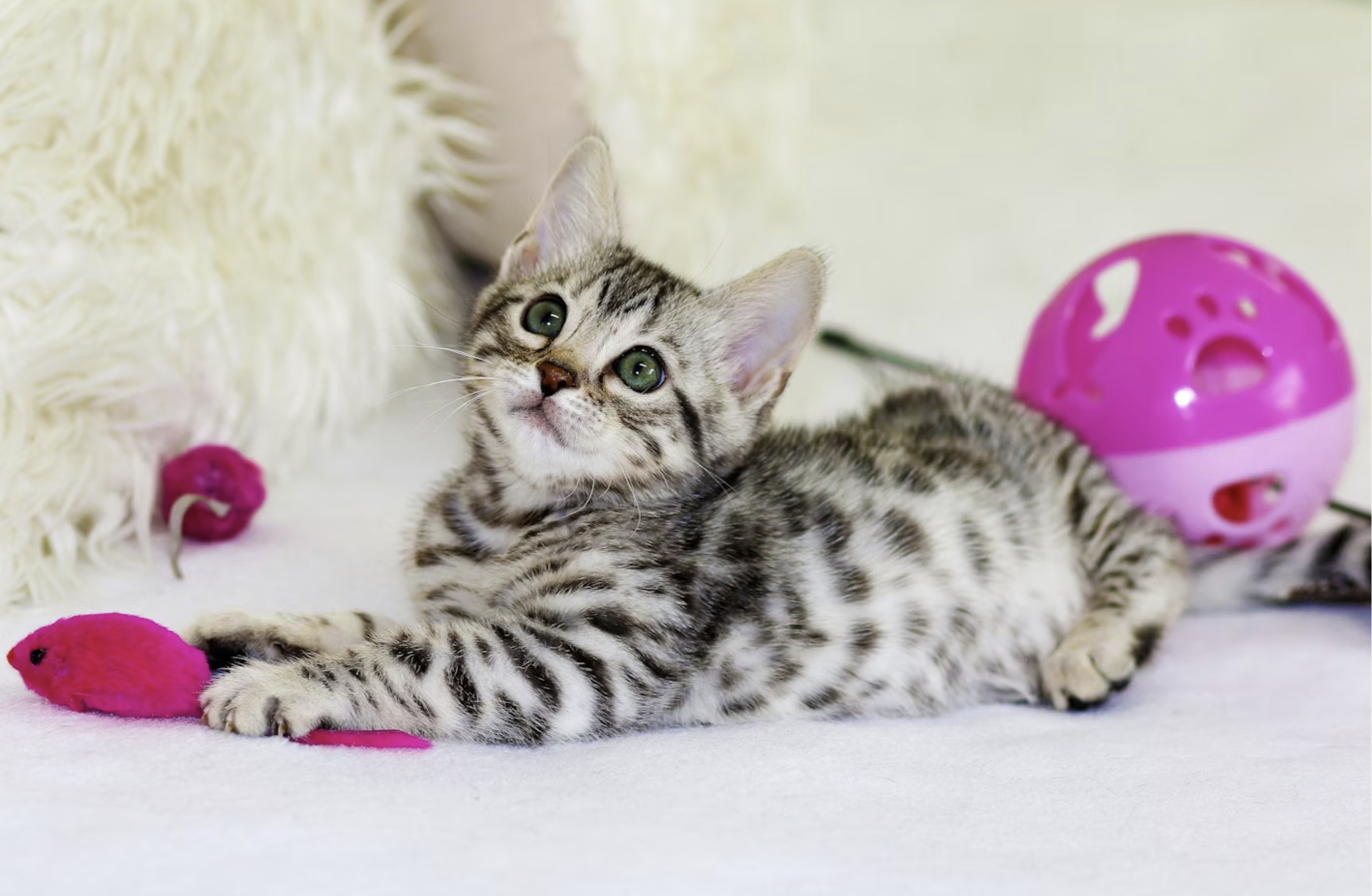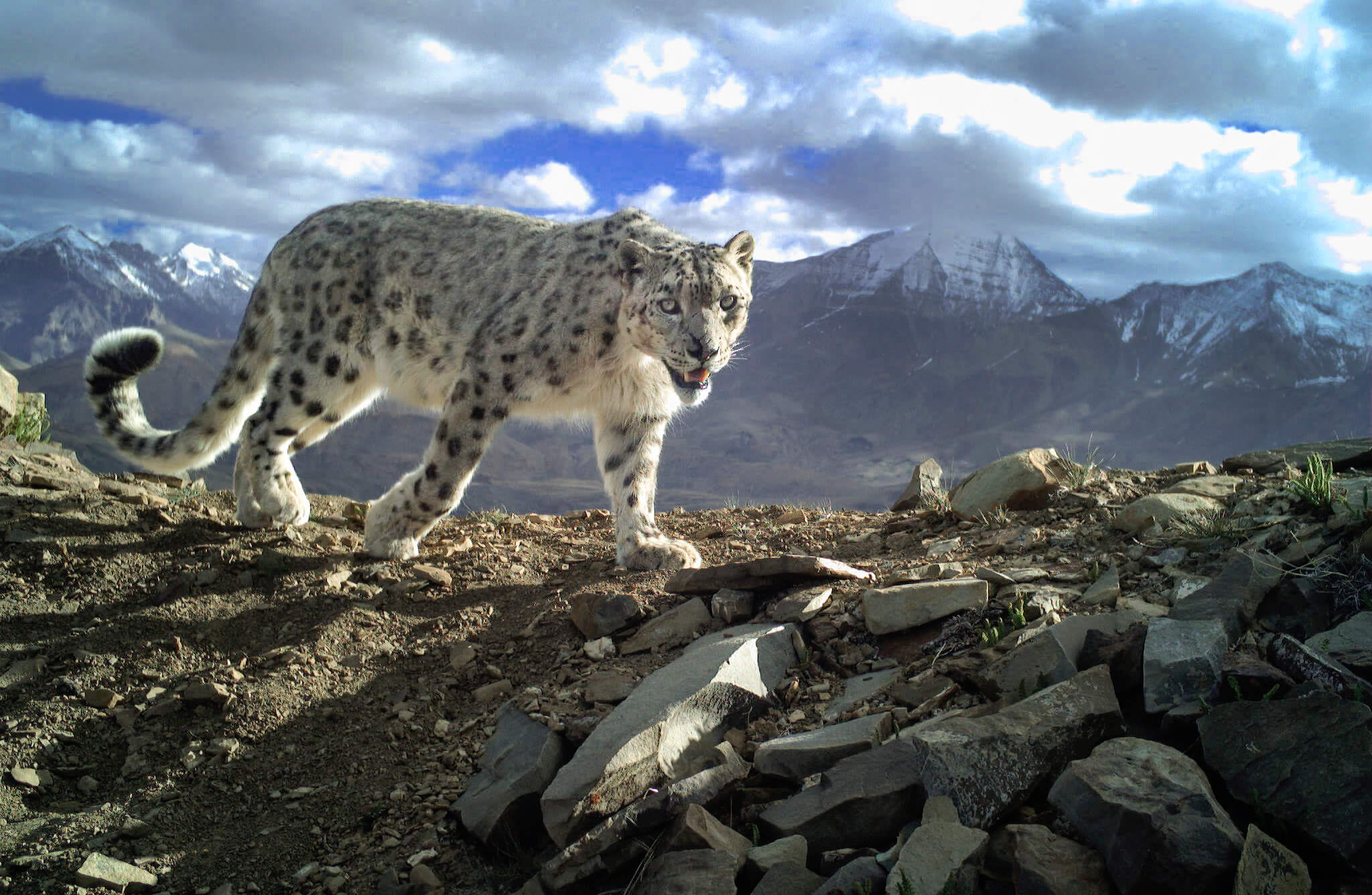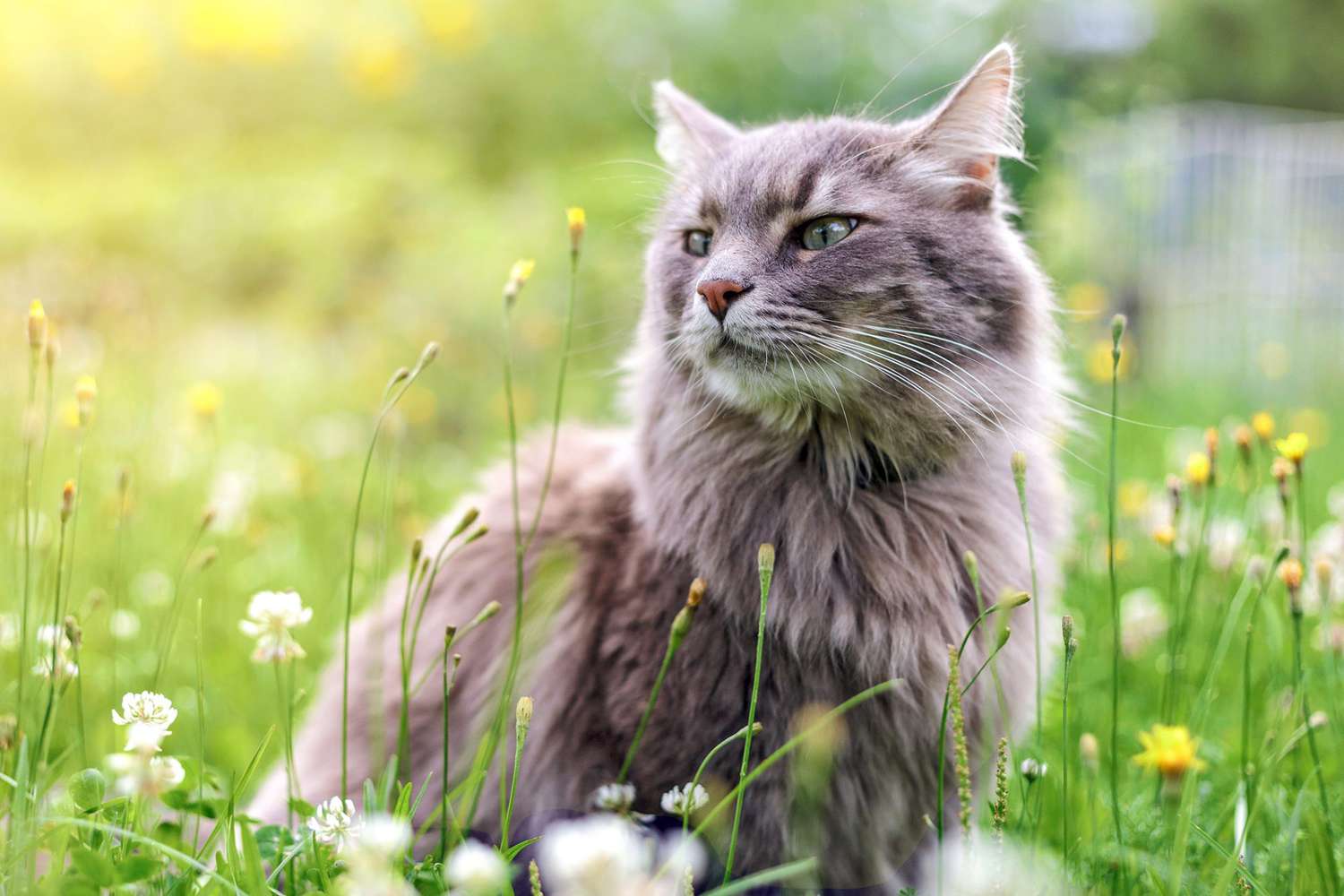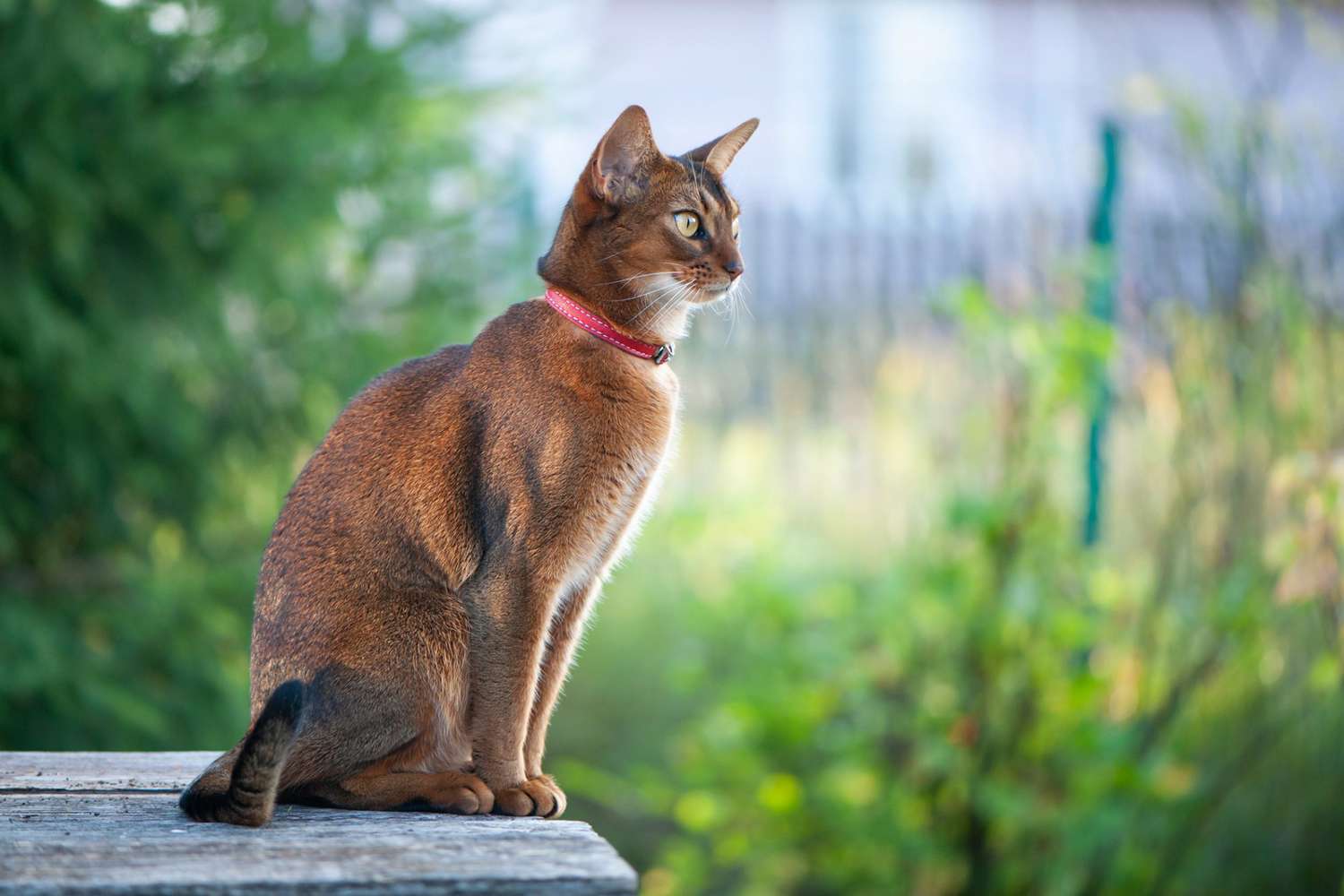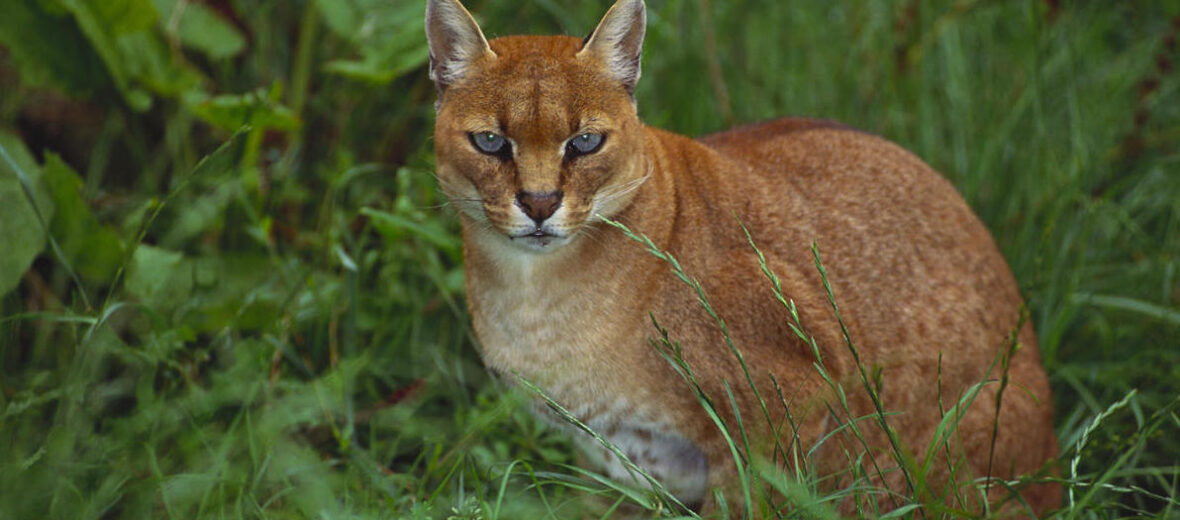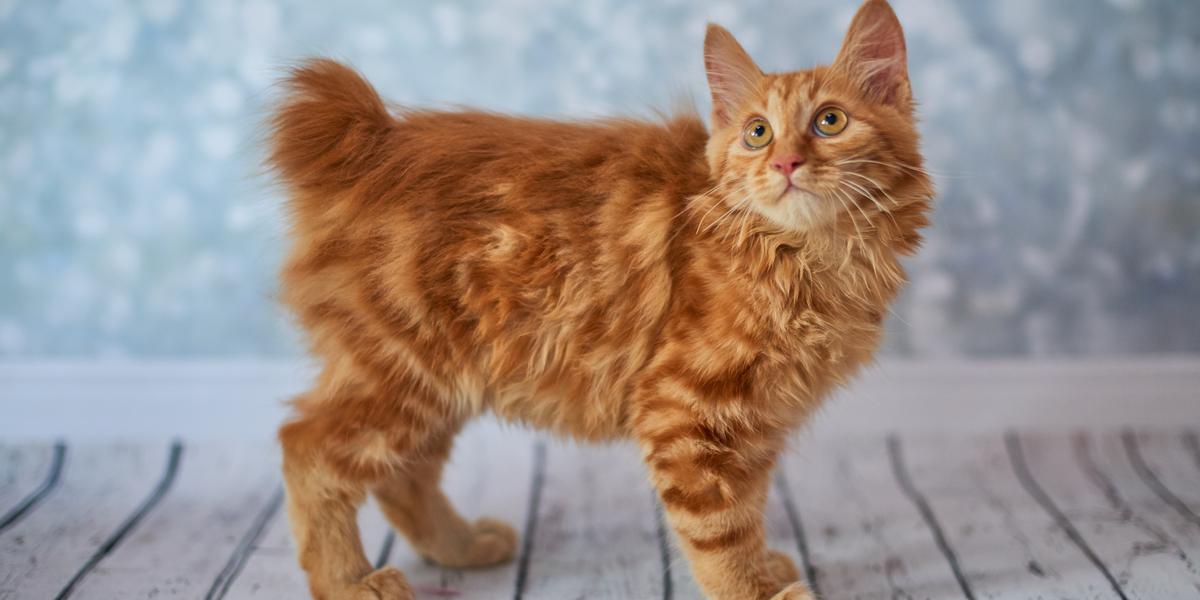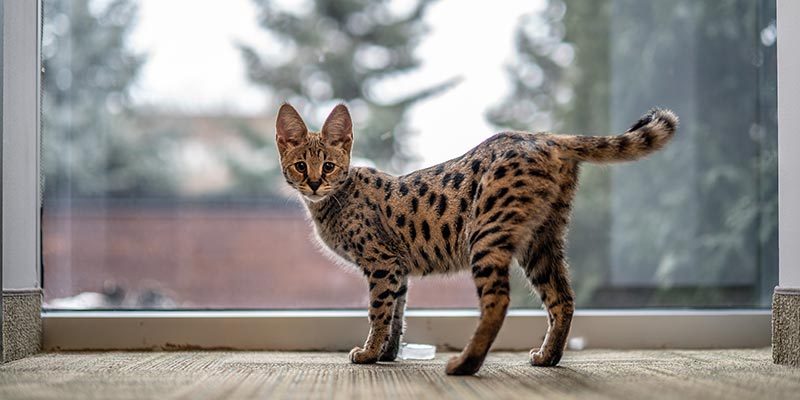Cats are known for their agility, grace, and beauty, but they can also be deadly predators. From the smallest wildcats to the largest big cats, these felines are equipped with sharp claws, powerful jaws, and lightning-fast reflexes that make them formidable hunters.
In this article, we will explore the top 8 deadliest cats in the world, ranked by their success rates as hunters. These cats come from all corners of the globe and range in size from the tiny black-footed cat to the massive tiger. While success rates only tell part of the story, they do give us a glimpse into the hunting prowess of these fascinating creatures.
You are reading: Top 8 Deadliest Cats
So, let’s take a closer look at these deadly cats and what makes them so dangerous.
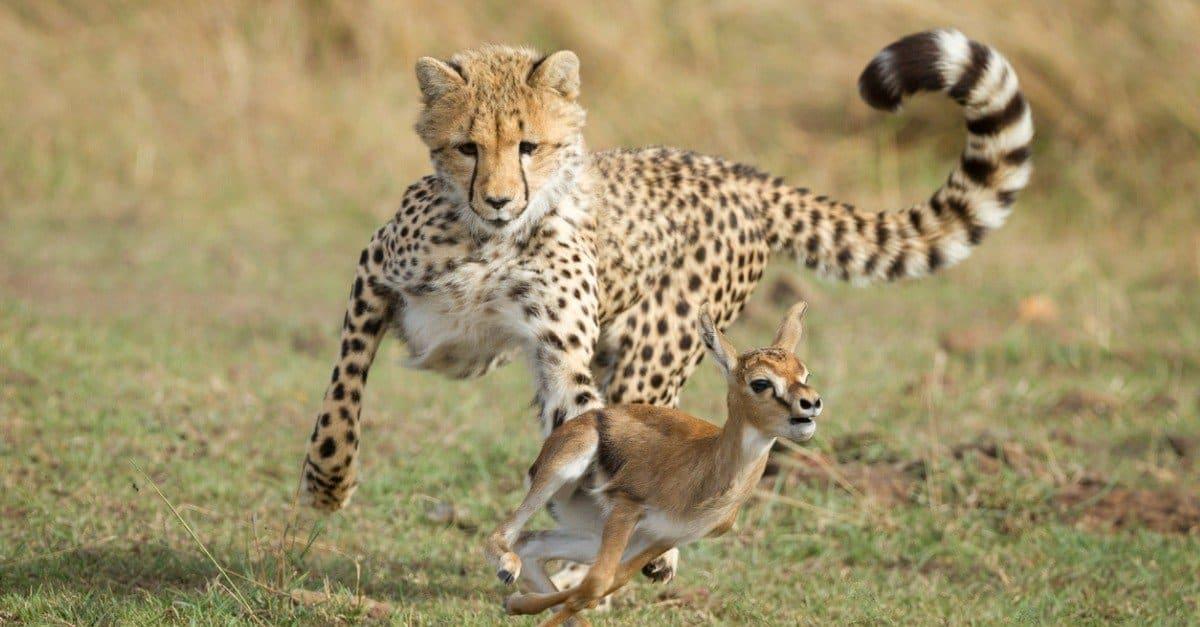
Top 8 Deadliest Cats
Black-Footed Cat
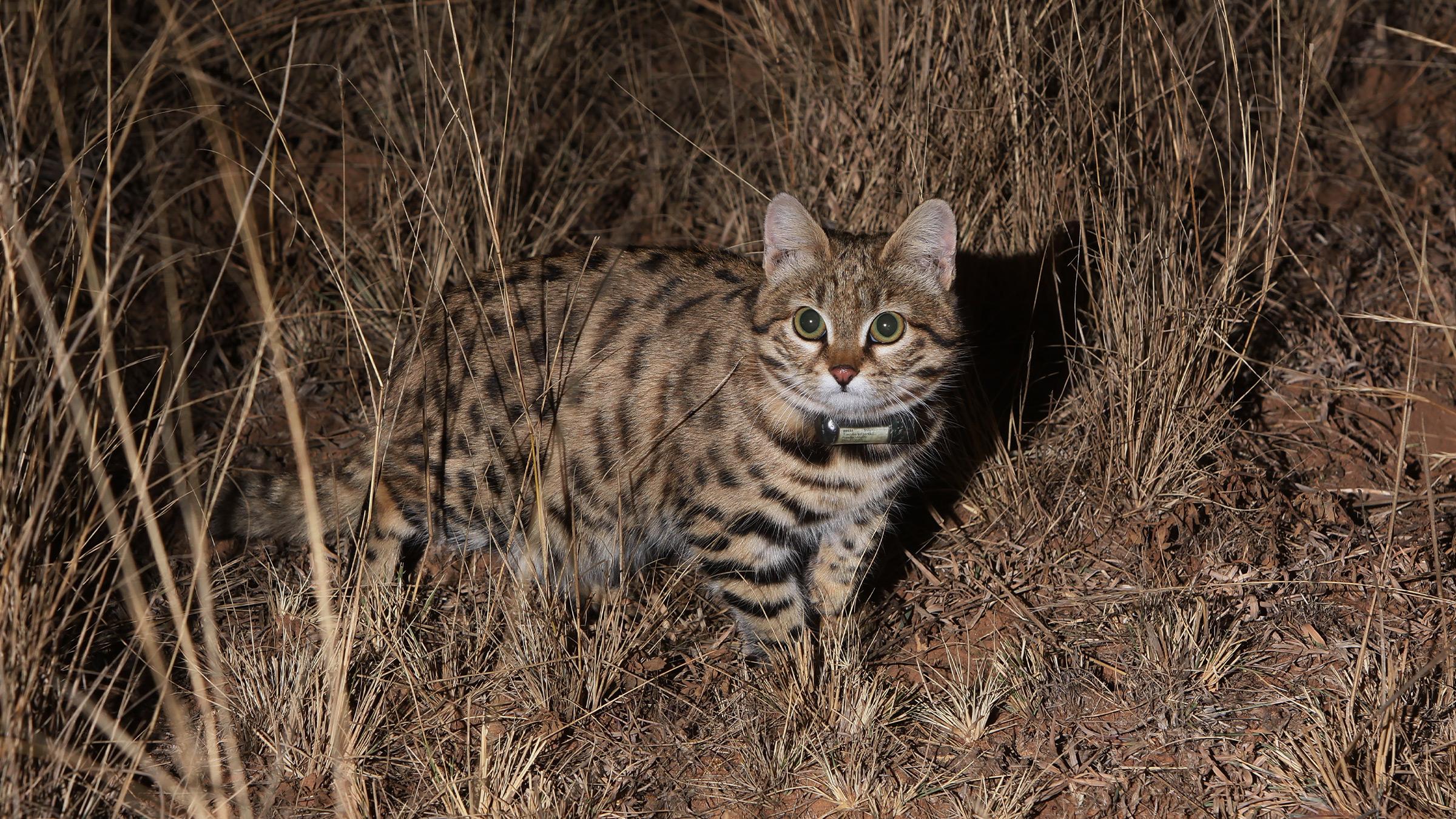
The black-footed cat is a small wild feline native to the grasslands of southern Africa. It is known for its adorable round face and light brown, black-spotted body, which is smaller even compared to domestic cats.
According to the International Society for Endangered Cats, black-footed cats are listed as “vulnerable” by the International Union for Conservation of Nature.
Despite its small size, the black-footed cat is the deadliest of the entire cat family, with a hunting success rate of 60% . This means that it attempts a hunt every 30 minutes and is successful in catching prey 60% of the time. This success rate is about three times as high as that of lions, which average a successful kill about 20 to 25% of the time.
The black-footed cat’s accelerated metabolism requires it to be constantly hunting, making it an efficient and remorseless killing machine.
Cheetah
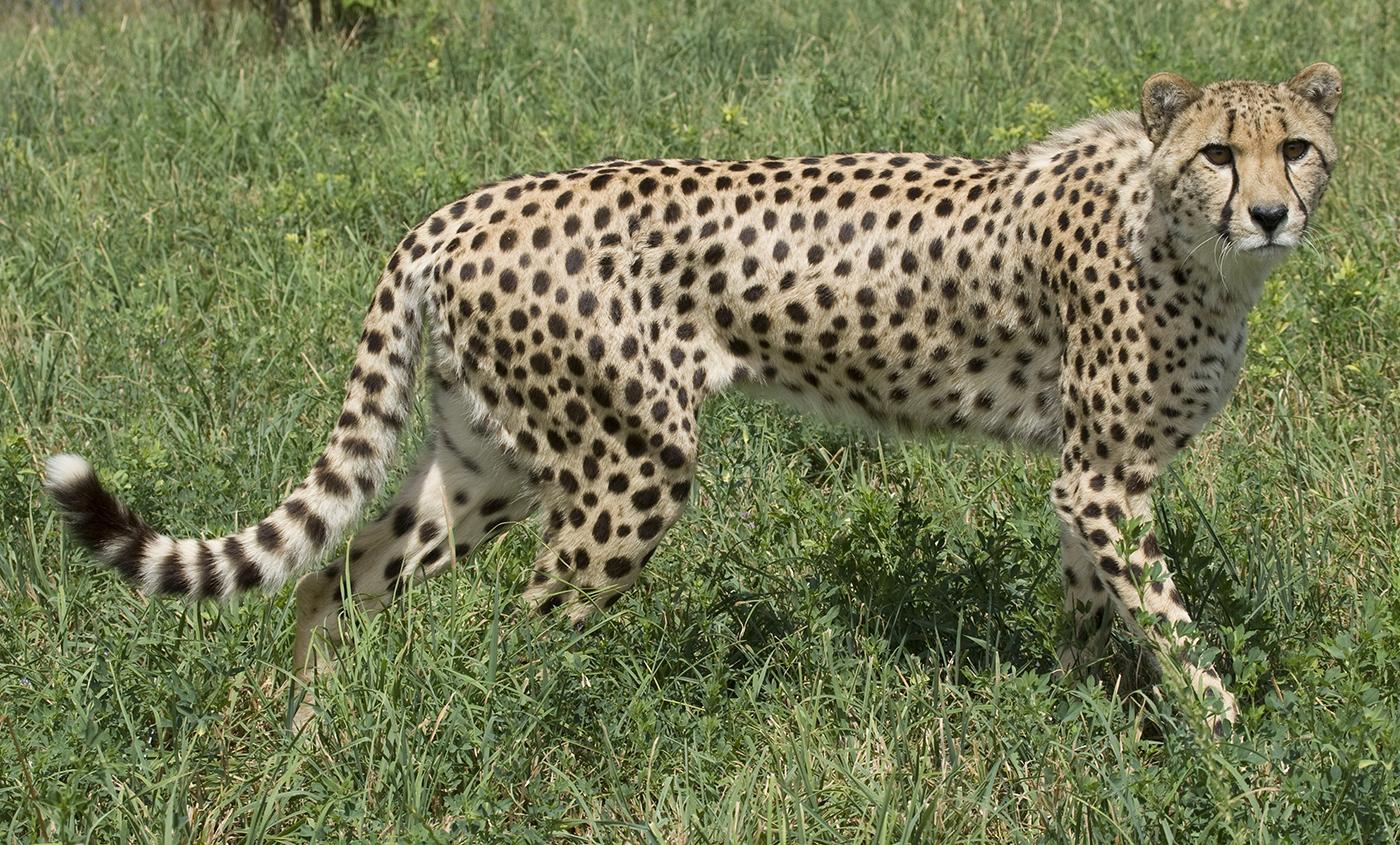
While the black-footed cat is the deadliest cat in the world, the cheetah is also a formidable predator. Cheetahs are known for their incredible speed, which allows them to chase down prey at speeds of up to 70 miles per hour.
However, despite their impressive speed, cheetahs have a lower success rate than some other big cats, with about 40 to 50% of hunts resulting in a kill. This is due in part to the fact that cheetahs are built for speed rather than power, and they tire quickly after a sprint.
Additionally, cheetahs are often outcompeted by other predators, such as lions and hyenas, who will steal their kills. Despite these challenges, cheetahs are still one of the deadliest cats in the world, and their speed and agility make them fearsome hunters.
Leopard
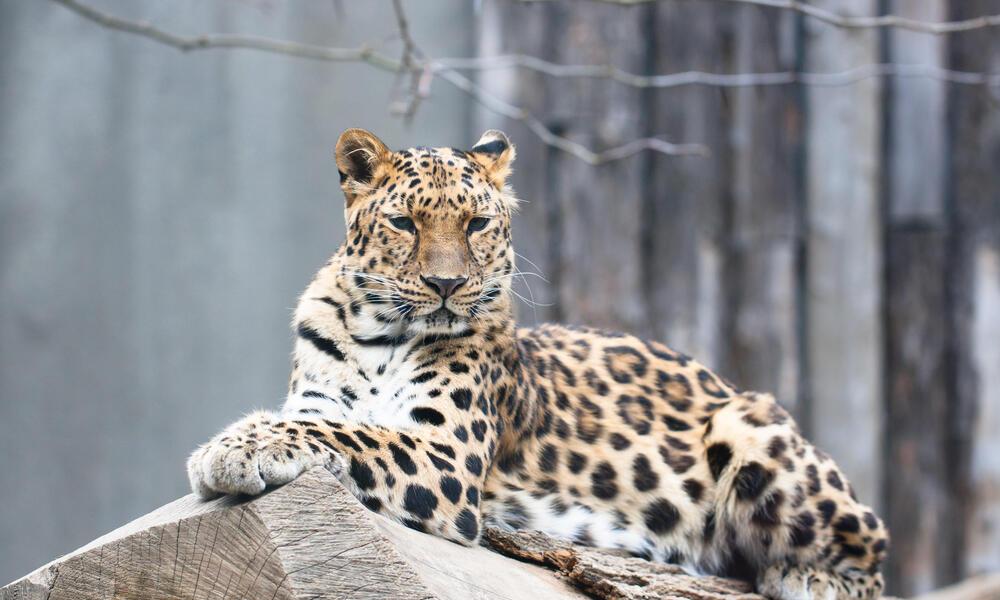
Leopards are one of the deadliest cats in the world, known for their strength, agility, and hunting prowess.
While they are not the largest of the big cats, they have powerful bodies that enable them to drag carcasses weighing over 100 pounds up a tree to avoid ground-level threats while they feed. With an almost 40% success rate, leopards are the most effective hunters among all big cat species, making them pound for pound the strongest big cat in the world.
Read more : Top 10 Scariest Cats
They generally feed on gazelles and impalas but have been known to prey on smaller creatures like birds, mice, and fish.
Leopards are also known for their ability to avoid territorial aggression or poaching from hyenas, lions, and other big cats by simply bringing their meals into the trees where they can eat unmolested by more terrestrial threats.
While they can sprint at nearly 40 miles per hour, they primarily rely on their camouflaged fur to stalk and surprise their prey before swiftly killing them with a single bite from their powerful jaws.
Domesticated Cat
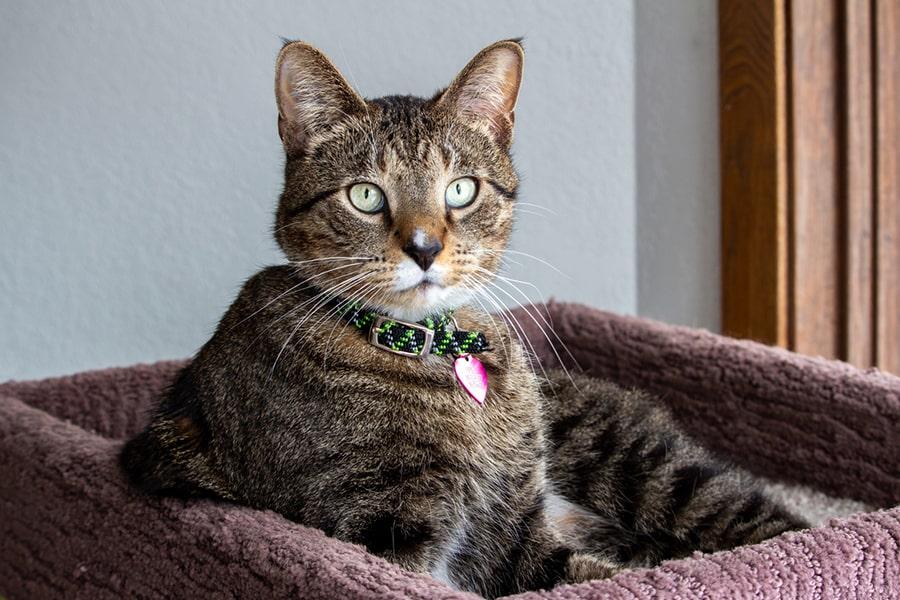
While domesticated cats are not typically considered to be among the deadliest cats in the world, they can still pose a threat to humans and other animals.
– Claws: Domesticated cats have sharp claws that they use for hunting and self-defense. While they are not as powerful as the claws of big cats like lions and tigers, they can still cause serious injury to humans and other animals.
– Bites: Domesticated cats also have sharp teeth that they use for biting. While they are not as deadly as the teeth of big cats, they can still transmit diseases like cat scratch fever and rabies through their bites.
– Hunting: While domesticated cats are typically fed by their owners, they still have a strong instinct to hunt. They may kill small animals like birds, mice, and insects, which can have a negative impact on local ecosystems.
– Behavior: Domesticated cats can also exhibit aggressive behavior towards humans and other animals. This can be due to a variety of factors, including fear, territoriality, and illness.
While domesticated cats are generally not as deadly as their wild counterparts, it is important to treat them with respect and caution, especially if they exhibit aggressive behavior.
Proper training and socialization can help prevent aggressive behavior in domesticated cats, and responsible pet ownership can help minimize their impact on local ecosystems.
Lion
Lions are one of the deadliest cats in the world, known for their strength, power, and hunting prowess. They are the only social cats, living in groups called prides that can consist of up to 40 individuals.
Lions are apex predators, meaning they are at the top of the food chain in their ecosystem. They primarily feed on large mammals like zebras, wildebeests, and buffalo, and have a success rate of about 25% when hunting.
While this success rate is lower than that of some other big cats, lions make up for it with their cooperative hunting strategies and sheer strength. Lions are also known for their powerful roars, which can be heard up to five miles away and are used to communicate with other members of their pride.
Despite their fearsome reputation, lions are threatened by habitat loss, poaching, and human-wildlife conflict, and are listed as a vulnerable species by the International Union for Conservation of Nature.
Puma/Mountain Lion
The puma, also known as the cougar or mountain lion, is a large wild cat native to the Americas. It is the most widely distributed large wild terrestrial mammal in the Western Hemisphere, occurring in most American habitat types.
Read more : Most Amazing Panther Names For Your Black Cat
Pumas are ambush predators that get as close as possible to their prey before striking, and they have a success rate of about 20% when hunting. They primarily feed on deer, but will also prey on smaller mammals like rabbits, rodents, and birds.
Pumas are solitary animals and are generally not a threat to humans, but they have been known to attack if they feel threatened or cornered.
While they are not the deadliest cats in the world, pumas are still powerful predators and should be treated with respect and caution.
Tiger
Tigers are often considered to be one of the deadliest cats in the world, but there is some debate about whether they are truly the most dangerous.
While tigers are certainly powerful predators, with the ability to take down prey much larger than themselves, their success rate when hunting is not as high as some other big cats.
In fact, the black-footed cat, a small wild feline native to southern Africa, has the highest hunting success rate of any wild cat, at 60%. This means that it is successful in catching prey 60% of the time it attempts a hunt, making it the deadliest cat in the world.
However, it is important to note that success rates only tell part of the story, and there are many factors that contribute to the danger of a cat. Additionally, tigers are still one of the most dangerous big cats, responsible for a significant number of human deaths each year.
Bobcat
The bobcat is a medium-sized wild cat native to North America. While it is not typically considered to be one of the deadliest cats in the world, it can still pose a threat to humans and their pets. Here are some reasons why:
– Size: While bobcats are not as large as some other wild cats, they can still weigh up to 40 pounds, which is enough to cause serious injury to humans and pets.
– Hunting: Bobcats are skilled hunters that primarily feed on small mammals like rabbits and rodents. While they generally avoid humans, they may attack if they feel threatened or cornered.
– Behavior: Like all wild animals, bobcats can exhibit unpredictable behavior, especially if they are sick or injured. It is important to give them plenty of space and avoid approaching them.
While bobcats are not as deadly as some other wild cats, they are still powerful predators that should be treated with respect and caution.
FAQS
1. What is the deadliest cat in the world?
The black-footed cat is the deadliest cat in the world, with a hunting success rate of 60%.
2. What other cats are on the list of the top 8 deadliest cats?
The top 8 deadliest cats, in order of hunting success rate, are: black-footed cat, cheetah, leopard, domesticated cat, lion, puma/mountain lion, tiger, and bobcat.
3. Why are domesticated cats on the list of deadliest cats?
Domesticated cats have sharp claws and teeth that they use for hunting and self-defense. While they are not as deadly as their wild counterparts, they can still pose a threat to humans and other animals.
4. Are bobcats dangerous to humans?
While bobcats generally avoid humans, they can still pose a threat to humans and their pets. They are skilled hunters that can weigh up to 40 pounds, and they may attack if they feel threatened or cornered.
5. Why are success rates important when ranking the deadliest cats?
Success rates give us a glimpse into the hunting prowess of a cat, but they only tell part of the story. There are many factors that contribute to the danger of a cat, including its size, strength, and behavior.
Source: https://petstutorial.com
Category: Cats

